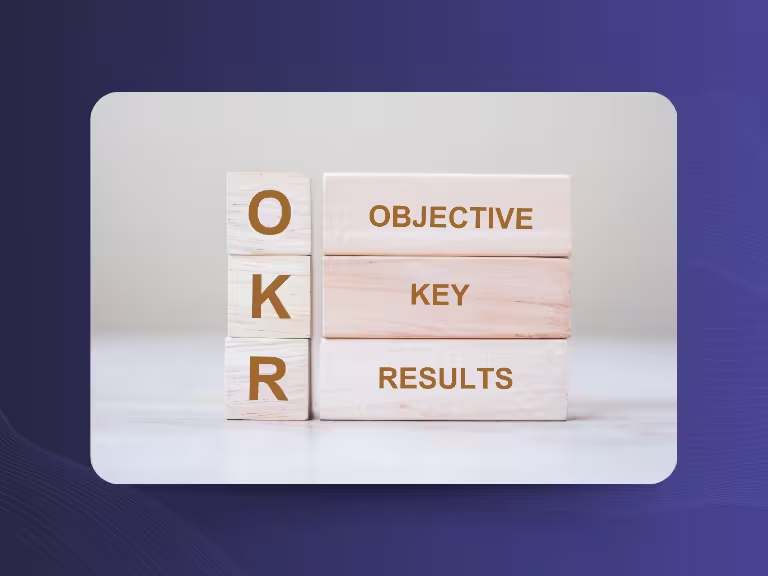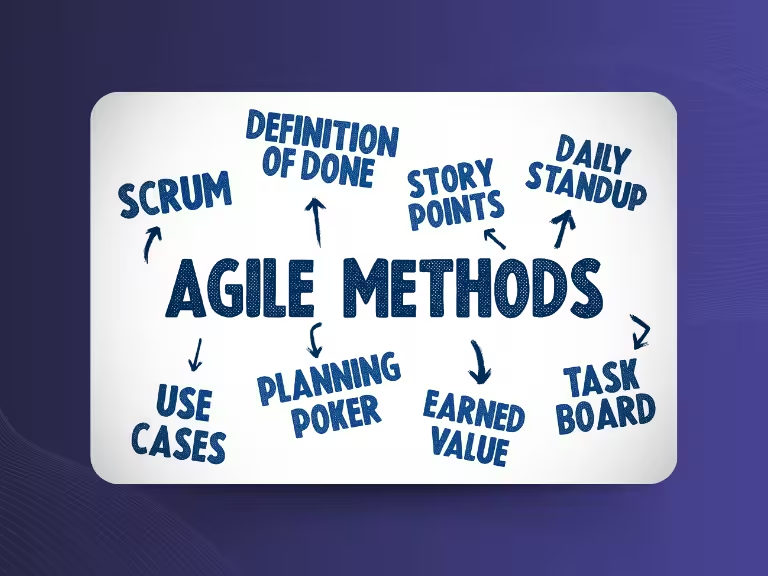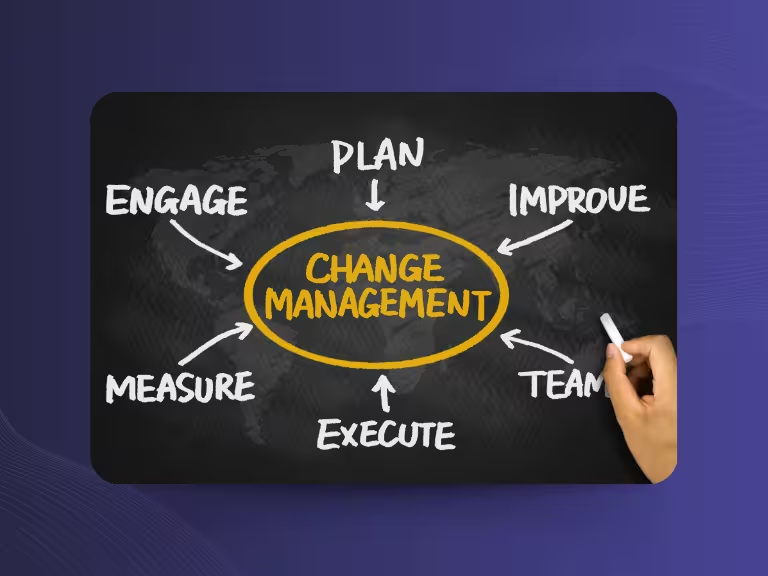Team Conflicts – An Opportunity for Better Collaboration
Tensions within teams are completely normal and even inevitable. However, while some teams break apart due to conflicts, others use them as a springboard for better collaboration and higher productivity. The secret lies in team conflict resolution – a learnable process that creates lasting change.
Modern work environments bring together people with different perspectives, work styles, and expectations. Remote teams face additional challenges as non-verbal communication is lost and misunderstandings arise more quickly. At the same time, current studies show that teams with systematic conflict resolution strategies achieve 25% higher performance and significantly better employee satisfaction.
In this article, you'll learn how to recognize conflicts early, conduct structured conflict conversations, and develop sustainable solutions. We'll also look at modern approaches such as emotional intelligence, cultural diversity, and digital tools that are particularly relevant in today's work environment.
Recognizing Team Conflicts – Understanding Warning Signs and Taking Early Action
The art of conflict resolution begins with the ability to recognize conflicts before they escalate. Many team conflicts develop gradually and are only noticed once damage has already occurred.
Typical Symptoms and Causes of Team Conflicts
Conflicts rarely manifest through open confrontations. More often, they appear as subtle changes in team behavior: communication becomes more formal, creative discussions fall silent, and individual team members withdraw. Additional warning signs include declining motivation, increased absences, or noticeable performance drops in normally reliable colleagues.
It's particularly important to distinguish between latent and open conflicts. Latent conflicts simmer beneath the surface – often recognizable through tense atmospheres or avoided conversation topics. Open conflicts, on the other hand, have already become visible through direct disagreements or complaints.
The most common causes are role ambiguities, different work styles, resource scarcity, or unspoken expectations. Conflicts particularly arise during periods of high workload because stress reduces tolerance for differences.
Phases of Conflicts – From Beginning to Escalation
Conflicts develop in predictable phases. First, a latent conflict situation emerges – different interests or opinions exist side by side without being problematized. In the second phase, these differences become consciously perceived and initial tensions arise.
The third phase marks the transition to an open conflict situation. Here, disagreements are voiced, positions harden, and emotionally charged discussions increase. Without appropriate intervention, escalation follows: personal attacks, coalition building, and in the worst case, the breakdown of working relationships.
Early recognition is crucial because conflicts in later phases are significantly more difficult to resolve. Teams that regularly reflect on their collaboration usually identify problems in the latent phase.

The Conflict Conversation – Structure and Techniques for Constructive Dialogue
A structured conflict conversation is often the key to resolution. However, successful conflict conversations follow proven patterns and require careful preparation.
The Phases of an Effective Conflict Conversation
Preparation determines success. First, clarify your conversation goal: Is it about information, understanding, or concrete agreements? Create a neutral, distraction-free conversation environment and plan sufficient time.
The actual conversation is divided into four phases: Problem definition clarifies what the real issue is – quite often, the true causes lie beneath the surface. In the perspective clarification phase, all parties receive space for their viewpoint. This is about understanding, not evaluating.
The third phase searches for common goals: What do we want to achieve together? Often, more commonalities are found than expected. Finally, concrete measures are agreed upon: Who does what by when? How do we monitor progress?
Important Conversation Techniques and Rules
Active listening is the foundation of successful conflict conversations. This means: listening completely, asking questions when unclear, and summarizing what was heard. Show through body language and words that you want to understand.
I-messages prevent blame and defensive reactions. Instead of "You always do..." you say "I noticed that..." or "I experience the situation as...". This technique significantly reduces defensive attitudes.
Constructive feedback follows clear rules: It is concrete, behavior-oriented, and future-focused. Instead of criticizing personality traits, you talk about observable behavior and its effects.
Dealing with emotions requires special attention. Acknowledge emotional reactions without evaluating them. Sometimes a short break helps to calm emotions. Stay as calm as possible yourself – emotional contagion worsens conflicts.
Practical Methods and Strategies for Sustainable Conflict Resolution
Successful conflict management requires a repertoire of proven methods. Depending on the situation and type of conflict, different approaches are suitable.
Proven Approaches for Team Conflict Management
Mediation by neutral third parties has proven particularly effective in deadlocked conflicts. Internal mediators know the company culture and are cost-effective. External mediators bring neutrality and professional distance. Both approaches have their merits.
Role clarification resolves a large portion of everyday conflicts. When expectations, responsibilities, and decision-making authorities are clearly defined, fewer misunderstandings arise. Regular role clarifications are part of team development.
Promoting open communication works preventively. Teams that regularly discuss their collaboration develop awareness of conflict potential. Weekly check-ins or monthly retrospectives create the framework for this.
Emotional Intelligence – Key Competency in Dealing with Conflicts
Emotional intelligence (EI) encompasses the ability to recognize, understand, and constructively manage one's own feelings and those of others. Teams with higher emotional intelligence demonstrably experience fewer escalating conflicts.
In the team context, EI helps recognize emotional needs behind factual arguments. Often, conflicts are about recognition, autonomy, or belonging – not the superficial subject matters. Those who understand this level can intervene more specifically.
Managing one's own emotions is particularly crucial in heated discussions. Techniques such as conscious breathing, short breaks, or perspective changes help maintain constructiveness.
Training to increase emotional intelligence shows measurable success. Role-playing, case studies, and regular reflection on one's own reaction patterns sustainably improve conflict competence.
.avif)
Long-term Perspectives – Conflict Prevention, Cultural Diversity, and Technological Support
Sustainable conflict resolution goes beyond addressing individual conflicts. It's about establishing a culture that sees conflicts as opportunities for improvement.
Systematic Conflict Prevention and Establishing a Constructive Conflict Culture
Regular team reflections are the foundation of systematic conflict prevention. Agile teams use retrospectives to reflect not only on work processes but also on collaboration. This makes tensions visible early and allows proactive addressing.
The joint development of team values creates orientation for difficult situations. When teams consciously define how they want to interact with each other, behavioral standards emerge that prevent conflicts.
Conflict culture workshops not only teach techniques but also change attitudes toward conflicts. Teams learn to understand disagreements as enrichment and deal with them constructively.
Intercultural Differences and Their Influence on Conflict Resolution Styles
Multicultural teams face special challenges. Cultural backgrounds shape not only communication styles but also expectations of conflict resolution processes. While some cultures prefer direct confrontation, others rely on indirect communication and face-saving.
Sensitization to different conflict patterns is crucial. What is considered normal in one culture may be perceived as disrespectful in another. Regular training in cultural competence helps avoid misunderstandings.
Successful intercultural teams develop common communication standards that consider various preferences. This isn't about uniformity but about conscious diversity.

Technological Tools to Support Conflict Resolution – Especially for Remote Teams
The digitalization of the work world requires new approaches to conflict resolution. Remote teams lose non-verbal communication and informal conversations, making conflict recognition more difficult.
Digital communication platforms and structured feedback tools help conduct open conversations even virtually. Online mediation and virtual conflict conversations have established themselves as effective alternatives to personal meetings.
The future brings further innovations: AI-supported sentiment analysis can detect tensions in digital communication early.
Particularly valuable is the ability to document conflicts and their solutions. When teams record and evaluate their conflict resolution processes, they learn systematically and continuously improve their collaboration.
Conclusion: Using Conflicts as Opportunities for Team Development
Conflicts are an inevitable part of teamwork, but their escalation is avoidable. Teams that recognize warning signs early, conduct structured conflict conversations, and establish systematic prevention measures transform tensions into growth opportunities.
The development of emotional intelligence, cultural sensitivity, and the conscious use of technological aids amplify this effect. Particularly in today's work environment, characterized by diversity and digital collaboration, these competencies are indispensable.
The key lies in the willingness to view conflicts not as failures but as signals for improvement potential. Teams that internalize this perspective and systematically work on their conflict competence not only create a better work climate but also achieve sustainably higher performance.
Start with small steps: introduce regular check-ins, practice active listening, and create space for open communication. The investment in conflict resolution pays off through better collaboration, higher satisfaction, and ultimately successful team results.
"Conflicts are inevitable, but their escalation is not." – Unknown

Test Meeting Transcription now!
We'll help you set everything up - just contact us via the form.
Test NowOr: Arrange a Demo Appointment




